PBIO 109 - 2015
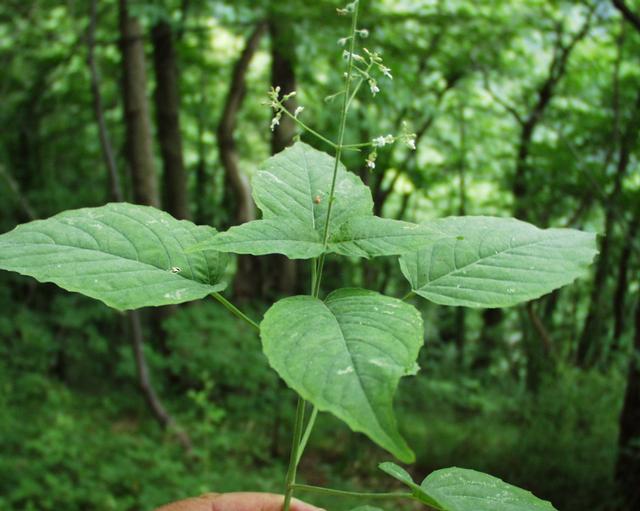
Circaea, Onagraceae
opposite, simple leaves with pinnate venation, no stipules
glandular hairs, hooked hairs on the fruit
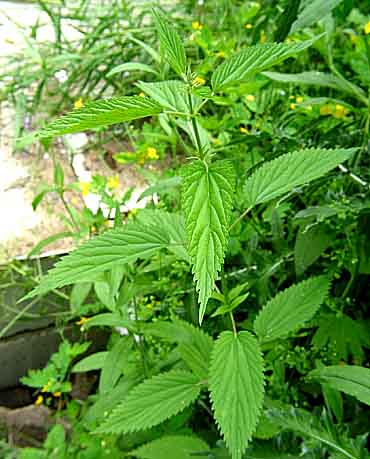
Urticaceae
~opposite leaves with serrate edges
~bast fibers (aka phloem fibers or strong bark)
~venation is palmate (but with a number of secondaries arising from the midvein)
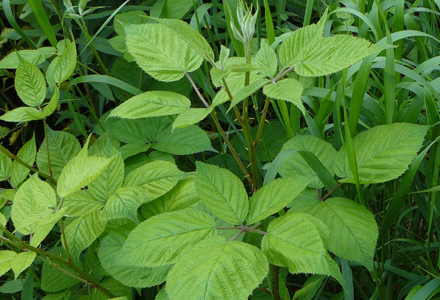
Rosaceae
~alternate, palmately compound leaves;
~canes last two years, flower the second,
~stipules are precocious
We also talked about another member of the Rosaceae, avens (genus is Geum)
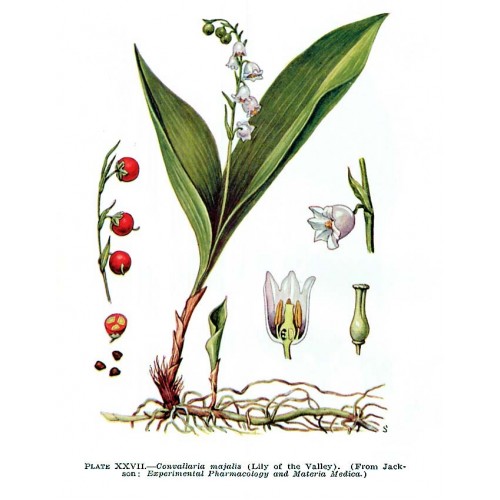
MONOCOT FEATURES
~parallel leaf veins
~sympodial branching (constant surrender of dominance)
TOXIN is a cardiac glycoside (smooth muscle stimulator, impact is on heart function)
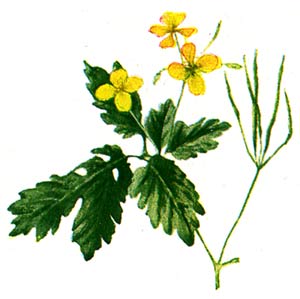
Papaveraceae
~colored latex (only Papaveraceae have colored latex in Vermont)
~alternate, pinnately compound leaves
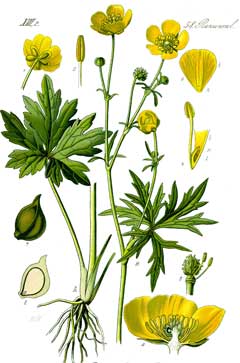
our most primitive eudicot:
~no fusion
~many stamens
~compound, palmate-design leaves
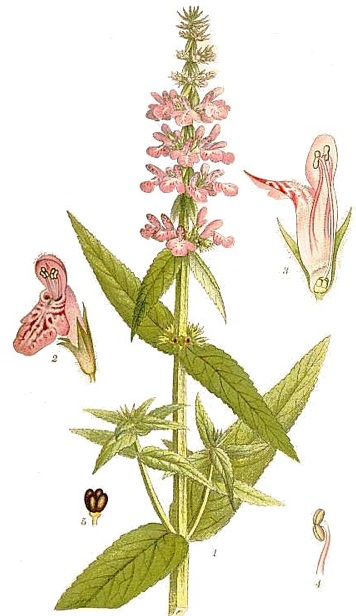
Lamiaceae (Labiatae)
key characters for the family:
~square stems
~opposite leaves
~4 nutlets
~connate corolla
~bilateral symmetry
genus:
~sepals radial, five
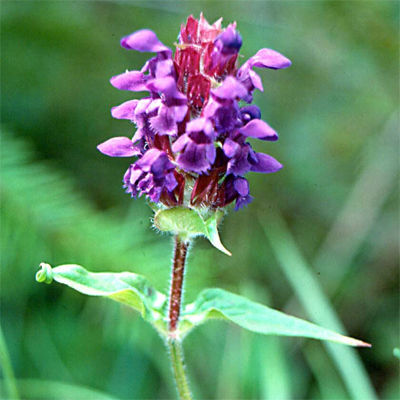
—Lamiaceae (Labiatae)
key characters for the family:
~square stems
~opposite leaves
~4 nutlets
~connate corolla
~bilateral symmetry
genus:
~sepals bilateral, five
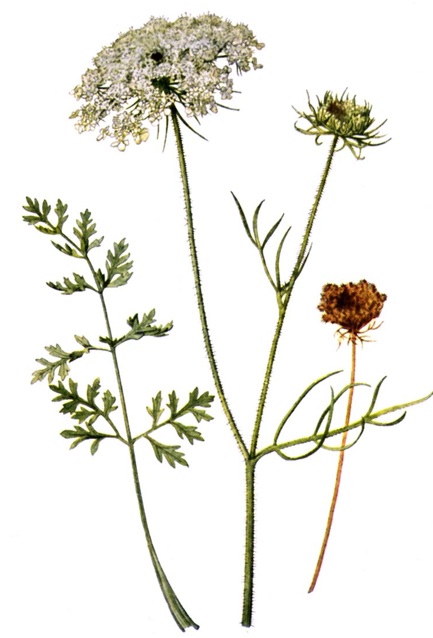
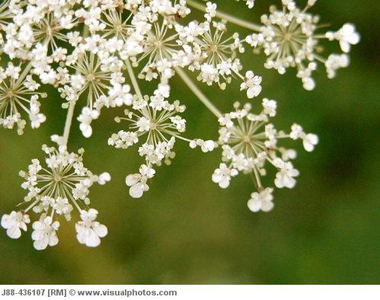
~separate, deeply lobed petals
~minute sepals
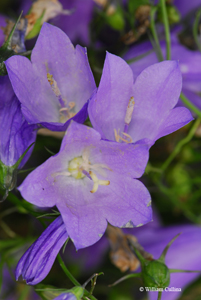
~latex
~alternate simple, serrate leaves without stipules
~connate corolla
~radial symmetry
~five free stamens
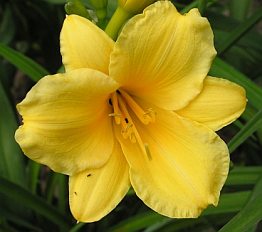
~two whorls of three tepals
~six stamens (these bilaterally symmetrical)
~secondaries parallel the midvein
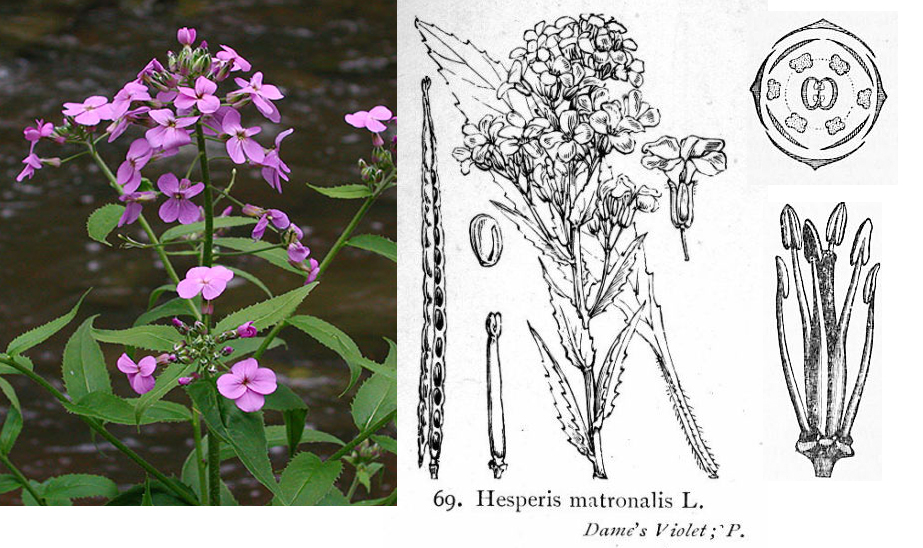
~four separate sepals and petals
~six stamens, two short and four long
~disk of separate glands
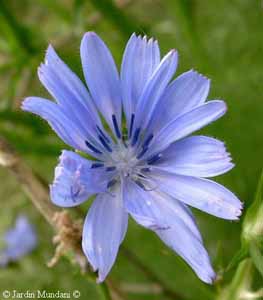
~blossom is actually a large group of small flowers
~connate corolla
~bilateral symmetry
~connate anthers
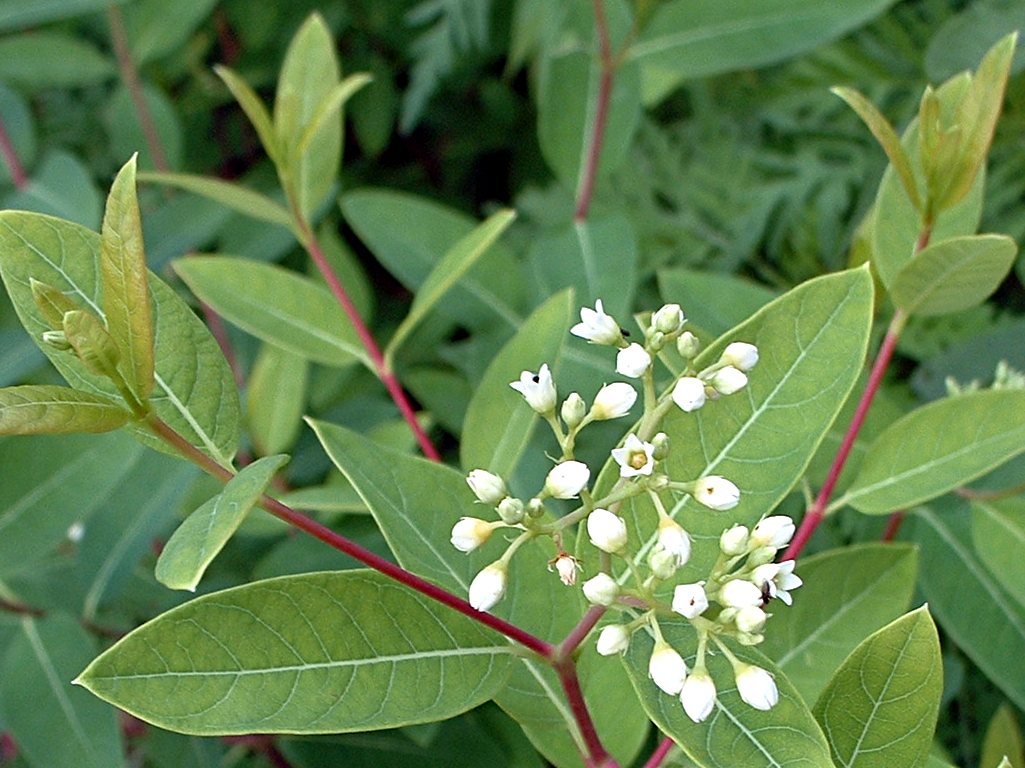
~milky latex
~contorted estivation of petals
~connate corolla
~stamens adnate to the corolla
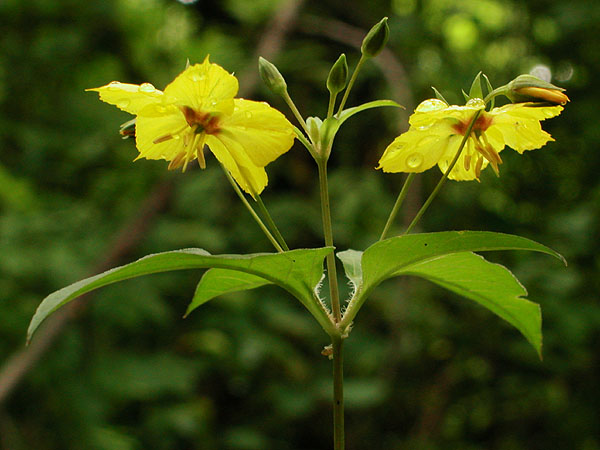
loosestrife
PRIMULACEAE
~stamens equal and opposite the petals
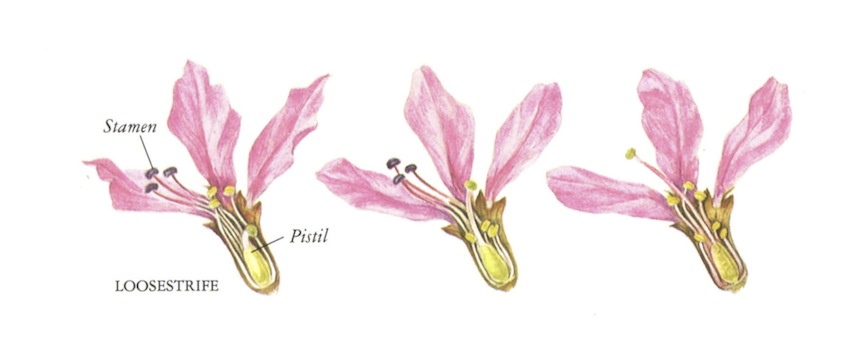
swamp loosestrife
~perianth of six parts
~stamens twice the petals, in two whorls
~hypanthium present, includes only sepals and petals
~heterostyly: three forms differing in lengths of stamens and styles
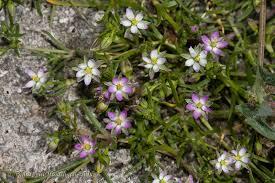
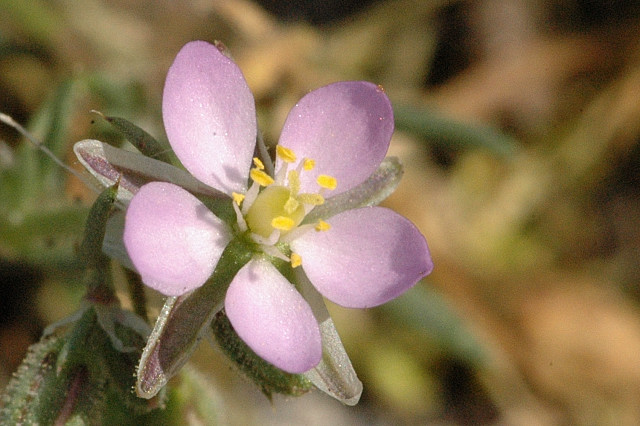
Caryophyllaceae
~opposite, simple leaves
~5 separate petals
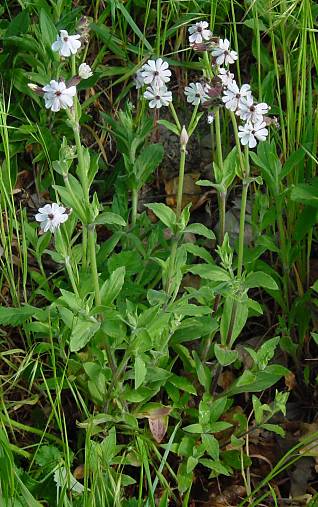
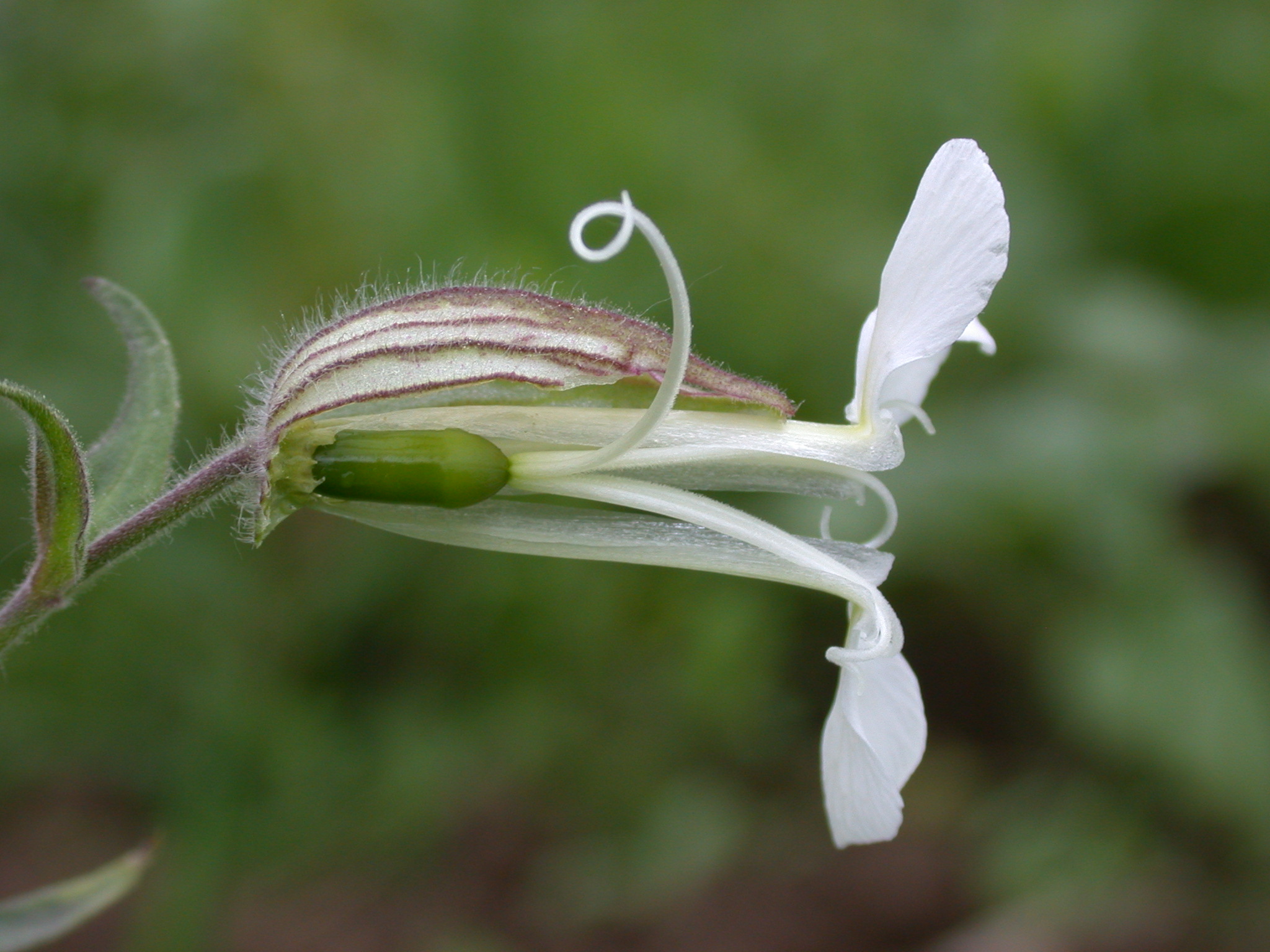
white campion
Caryophyllaceae
~opposite, simple leaves
~swollen nodes
~fused calyx
~separate petals
~stamens twice the petals
~imperfect flowers, dioecious plants
We did not see the pistillate flower pictured here.

(Leguminosae)
~alternate compound leaves with stipules
~calyx of 5 fused sepals
~corolla bilateral, of five petals (banner wings and keels)-keels fused above the base
~10 stamens (2x petals); nine fused together
~one simple pistil
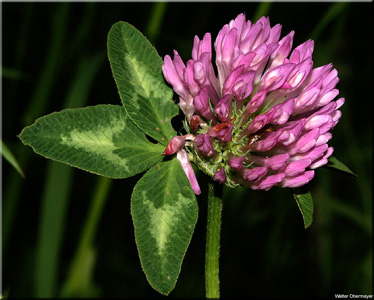
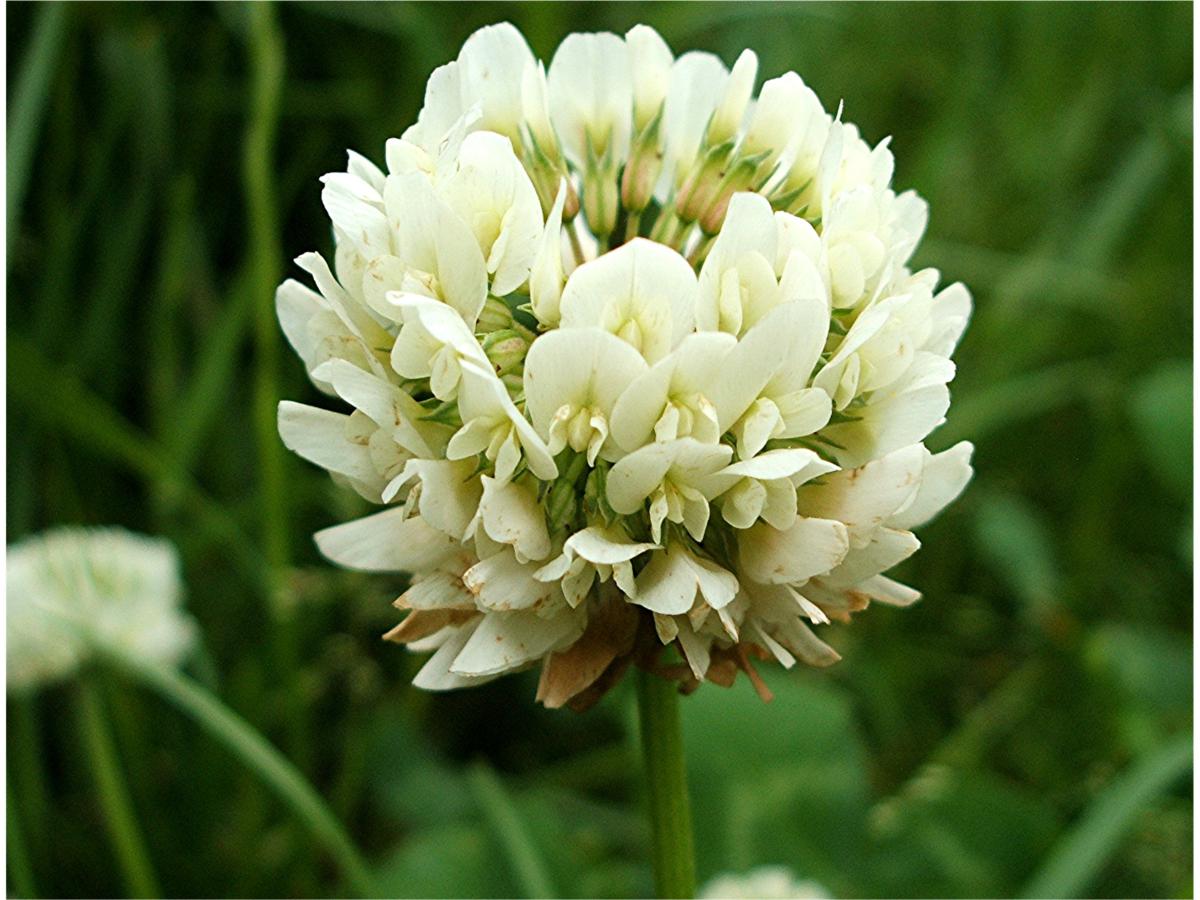
clovers
~alternate compound leaves with stipules
~calyx of 5 fused sepals
~corolla bilateral, of five petals (banner wings and keels)-keels fused above the base
~10 stamens (2x petals); nine fused together
~one simple pistil
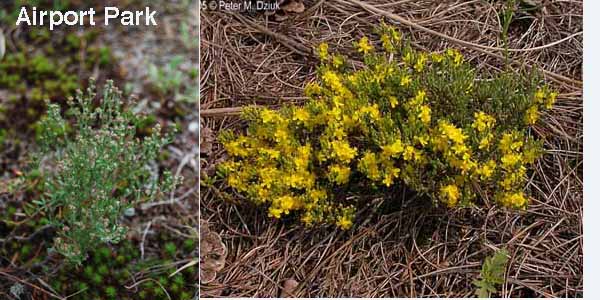
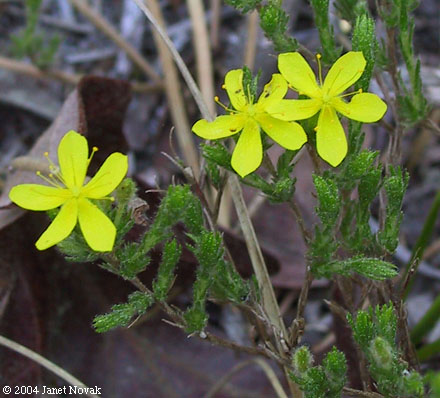
Cistaceae
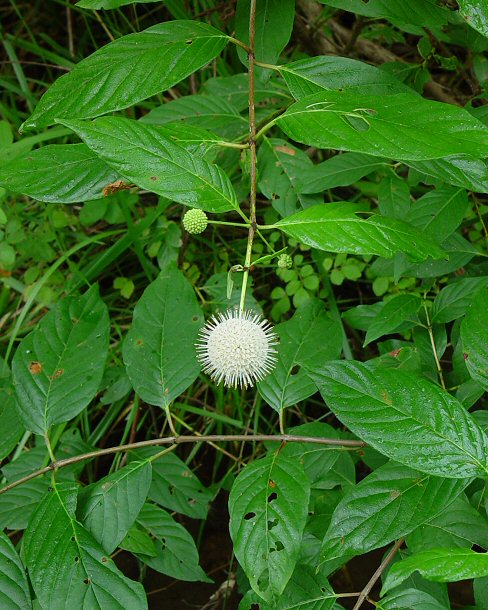
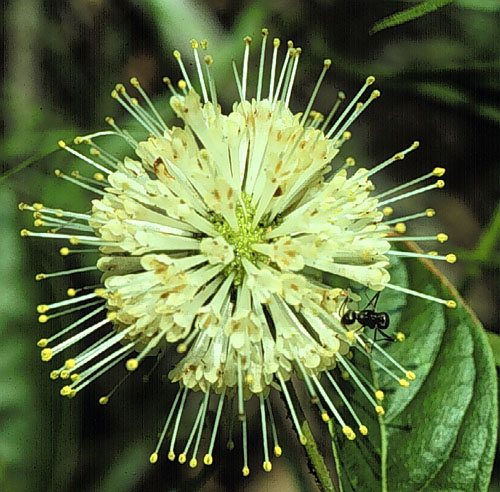
buttonbush
~opposite or whorled simple leaves
~radial symmetry
~stipules present, fused
~ 4-5 fused petals, 4-5 sepals
~stamens = petals. ~adnate to petals
~ovary compound, inferior
~inflorescence a head